KPI Software – 8 KPI Selection and Measurement Mistakes to Avoid
Roger Knocker • December 1, 2023
KPI Software – 8 KPI Selection and Measurement Mistakes to Avoid
8 KPI Selection and Measurement Mistakes to Avoid
Using appropriate KPI software for the selection and application of measurement metrics is essential for your business’s performance management. However, companies should take note of common KPI selection mistakes, and how to avoid such to maximise the potential and functionality of their KPI software. We take a look at the most common mistakes which should be avoided, since KPIs not set correctly cannot deliver the right value and are thus useless in business performance management.
1. Choosing Only One KPI to Measure One KPI does not give insight when used alone. It is important to monitor a range of connected KPIs to get an accurate picture of performance. A standalone KPI cannot give the clear picture required, because it is not sufficient for monitoring trends. The company must implement a range of interrelated and relevant KPIs on the various levels of the organisation.
2. Failing to Link KPIs to the Organisational Goals The overall strategic goals of the business must be kept in mind when selecting KPIs. The KPIs must be linked to the organisation’s goals, and align the individual departmental goals with the overall company goals. KPIs must be relevant to the larger picture and as such, the selection of KPIs must be from the top level, through to the departmental and individual level. Only if the KPIs at the departmental level are offshoots of the organisational KPIs, can these KPIs have relevance and thus provide the necessary insight regarding the organisation’s performance.
3. Not Having the Right Benchmarks If the focus is too much on the measurement, without knowing what the benchmarks must be, then the measurement becomes useless. The organisation must set reasonable and relevant benchmarks and metrics. It is not possible to manage something that cannot be measured. The organisation must clearly define what “performance” means for each job, in order to ensure that the employees can be measured against the right benchmarks.
4. Selecting KPIs which Cannot Be Measured Accurately Companies often choose impossible to measure KPIs, and as such, they work without proper parameters. This creates a subjective focus, which causes the measurement to lose any real relevance. It is essential to have an accurate process in place. It is essential to set time limits and correct parameters.
5. Not Measuring Regularly KPI software makes it possible to measure performance regularly. KPI graphics, as are possible when using our software, can help employees understand their roles and contributions to reaching the company goals. With the help of the software, it is possible to align the individual performance goals with the organisation’s strategic goals, and at the same time, be alerted to opportunities to improve.
6. Measuring the Wrong KPIs Measuring how neat an employee’s desk is, if the focus should be on performance that drives business results, is wasting opportunities to gain real insight into an individual and the company’s performance. Measurement should be relevant, such as measuring how well the employee fits the corporate values and what their real contribution to the reaching of the corporate goals is.
7. No Follow-Up Measuring an employee’s performance just for the sake of data collection or to determine salary increases is a waste of resources. The management should follow up on the areas where improvement is needed, and this may include additional training for employees to improve on their weak skills. They need to follow up on the results of the appraisals. The same holds true for departmental appraisals and overall company performance.
8. Performance Measurement is Only Done When There is Trouble Performance measurement is often only applied once the company is in trouble, when a specific department fails to deliver sufficiently, or when something goes wrong. It should not be done in reaction of an occurrence. Performance measurement must be done regularly. This is made possible and streamlined with the implementation of our KPI software. Annual reviews only measure part of the performance. Instead, a system should be implemented that makes it possible to review regularly, and thus to ensure that employees and the company stay on track towards reaching the company’s objectives and long-term strategic goals.
KPIs give insight into current performance, and the relationships between activities and performance results. However, KPIs also show where and how results can be improved. Make use of our expertise in this field, and benefit from using KPI software that helps to measure the right indicators.
Using appropriate KPI software for the selection and application of measurement metrics is essential for your business’s performance management. However, companies should take note of common KPI selection mistakes, and how to avoid such to maximise the potential and functionality of their KPI software. We take a look at the most common mistakes which should be avoided, since KPIs not set correctly cannot deliver the right value and are thus useless in business performance management.
1. Choosing Only One KPI to Measure One KPI does not give insight when used alone. It is important to monitor a range of connected KPIs to get an accurate picture of performance. A standalone KPI cannot give the clear picture required, because it is not sufficient for monitoring trends. The company must implement a range of interrelated and relevant KPIs on the various levels of the organisation.
2. Failing to Link KPIs to the Organisational Goals The overall strategic goals of the business must be kept in mind when selecting KPIs. The KPIs must be linked to the organisation’s goals, and align the individual departmental goals with the overall company goals. KPIs must be relevant to the larger picture and as such, the selection of KPIs must be from the top level, through to the departmental and individual level. Only if the KPIs at the departmental level are offshoots of the organisational KPIs, can these KPIs have relevance and thus provide the necessary insight regarding the organisation’s performance.
3. Not Having the Right Benchmarks If the focus is too much on the measurement, without knowing what the benchmarks must be, then the measurement becomes useless. The organisation must set reasonable and relevant benchmarks and metrics. It is not possible to manage something that cannot be measured. The organisation must clearly define what “performance” means for each job, in order to ensure that the employees can be measured against the right benchmarks.
4. Selecting KPIs which Cannot Be Measured Accurately Companies often choose impossible to measure KPIs, and as such, they work without proper parameters. This creates a subjective focus, which causes the measurement to lose any real relevance. It is essential to have an accurate process in place. It is essential to set time limits and correct parameters.
5. Not Measuring Regularly KPI software makes it possible to measure performance regularly. KPI graphics, as are possible when using our software, can help employees understand their roles and contributions to reaching the company goals. With the help of the software, it is possible to align the individual performance goals with the organisation’s strategic goals, and at the same time, be alerted to opportunities to improve.
6. Measuring the Wrong KPIs Measuring how neat an employee’s desk is, if the focus should be on performance that drives business results, is wasting opportunities to gain real insight into an individual and the company’s performance. Measurement should be relevant, such as measuring how well the employee fits the corporate values and what their real contribution to the reaching of the corporate goals is.
7. No Follow-Up Measuring an employee’s performance just for the sake of data collection or to determine salary increases is a waste of resources. The management should follow up on the areas where improvement is needed, and this may include additional training for employees to improve on their weak skills. They need to follow up on the results of the appraisals. The same holds true for departmental appraisals and overall company performance.
8. Performance Measurement is Only Done When There is Trouble Performance measurement is often only applied once the company is in trouble, when a specific department fails to deliver sufficiently, or when something goes wrong. It should not be done in reaction of an occurrence. Performance measurement must be done regularly. This is made possible and streamlined with the implementation of our KPI software. Annual reviews only measure part of the performance. Instead, a system should be implemented that makes it possible to review regularly, and thus to ensure that employees and the company stay on track towards reaching the company’s objectives and long-term strategic goals.
KPIs give insight into current performance, and the relationships between activities and performance results. However, KPIs also show where and how results can be improved. Make use of our expertise in this field, and benefit from using KPI software that helps to measure the right indicators.

In the world of finance, numbers tell a story. However, that story is often buried beneath layers of spreadsheets and complex datasets. For financial professionals, the challenge is not just about understanding these numbers but also presenting them in a way that drives decision-making and inspires action. Enter data visualisation – the art of transforming data into clear, compelling visuals. Among the tools that have proven especially powerful are the line graph and the waterfall chart. These visuals help finance teams translate dry statistics into impactful narratives. In this article, we explore how these graphs can transform financial storytelling. The Importance of Data Visualisation in Finance Finance professionals are accustomed to handling vast amounts of data, from profit margins and revenue growth to expense tracking and risk assessments. Yet, presenting these figures effectively to stakeholders is a different ballgame. Visualisation simplifies this process, turning complex data sets into accessible insights. When done correctly, data visualisation: Enhances comprehension: Humans process visuals 60,000 times faster than text, making it easier for stakeholders to grasp key information quickly. Drives decision-making: Clear and compelling visuals help executives make informed decisions without wading through dense reports. Highlights trends and outliers: Visual tools can bring hidden trends and anomalies to light, prompting timely actions. Improves understanding and communication with business - Business doesn't always get what Finance is trying to communicate and good visualisations go a long way to bridging the gap. Better communication improves alignment to strategic financial goals. The line Graph: Unravelling Trends Over Time The line graph, also known as a stream graph or a stacked area graph, is a powerful tool for visualising changes in data over time. It is especially effective in showing how multiple categories contribute to an overall trend. In finance, line graphs can illustrate revenue streams, expense categories, or investment performance in a visually engaging manner. Use Case: Revenue Streams Analysis Imagine a financial report for a company with diverse revenue streams, such as product sales, services, and subscriptions. A line graph can display how each stream has evolved, highlighting peaks and troughs. The thickness of each ‘line’ represents the contribution of that revenue stream to the total, making it easy to spot which areas drive growth. Benefits of line Graphs: Trends Made Simple: Displays how multiple components evolve over time. Visual Impact: The fluid, organic design makes it easier to follow changes. Comparative Insight: Helps compare different categories intuitively. The Waterfall Chart: Bridging the Gap Between Figures Waterfall charts excel at breaking down the cumulative effect of sequential data points, making them ideal for financial analysis. They help bridge the gap between figures by showing how individual elements contribute to a total. Commonly used in profit and loss statements, budget analysis, and variance reports, these charts provide clarity in understanding how specific actions impact the bottom line. Use Case: Profit and Loss Analysis A financial analyst preparing a quarterly report might use a waterfall chart to demonstrate how various factors—like increased sales, higher marketing spend, and cost savings—impacted net profit. The chart’s structure, with its clear progression from starting figures to the final result, makes it easy for stakeholders to follow the financial narrative. Benefits of Waterfall Charts: Clarity: Simplifies complex financial data by showing individual contributions to total figures. Transparency: Clearly distinguishes between positive and negative impacts. Decision Support: Helps executives understand the key drivers of financial performance. Choosing the Right Visual for the Right Data Selecting the appropriate visual tool depends on the story you want to tell: Use line graphs for illustrating trends across multiple categories over time. Opt for waterfall charts when you need to detail the step-by-step impact of specific factors on an overall financial figure. By mastering these tools, finance professionals can enhance their storytelling, transforming raw data into insights that drive strategic decisions. Conclusion: From Data to Decisions The ability to visualise data effectively is a powerful advantage. The line graph and waterfall chart are more than just visual aids—they are essential tools for financial professionals looking to make data-driven decisions that resonate with stakeholders. By adopting these techniques, finance teams can turn numbers into narratives that not only inform but also inspire action. In the end, the power of finance lies not just in analysing data but in presenting it with impact.

